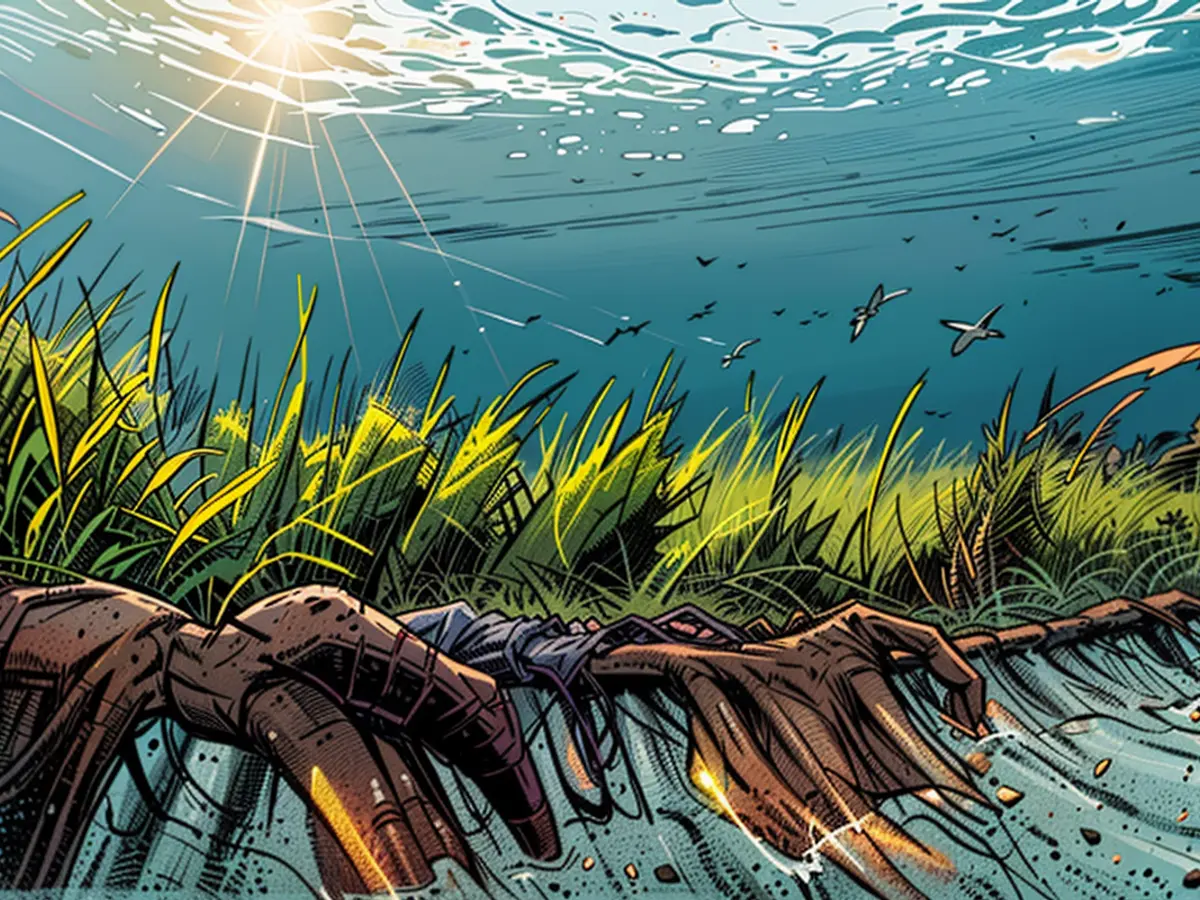Explore the findings and discoveries made in a specific field of study. - Scientists unearth 1,400-year-old seaweed in the Baltic Sea.
In the Baltic Sea, a team of researchers led by Thorsten Reusch from the Geomar Helmholtz Centre for Ocean Research in Kiel has unearthed an underwater seagrass bed that is over 1,400 years old, making it the oldest marine plant whose age has been pinpointed. Seagrasses reproduce mainly vegetatively, growing through underground runners that spawn new plants. And since these different parts of a single clone possess slightly varied genetic makeup, the team used this feature to create a new genetic clock. This was made possible by identifying mutations in the plants' DNA, similar to how a clock ticks.
The first step in this process was to obtain a high-quality seagrass genome. Scientists from the University of California contributed by providing references from a clone they've been growing in culture tanks for 17 years.
Prior to this study, researchers had found sizable seagrass populations and guessed their age using their size. For instance, a seagrass meadow spanning 180 kilometers along Australia's west coast was estimated to be at least 4,500 years old by a team led by Elizabeth Sinclair from the University of Western Australia in 2022. The growth of this particular seagrass species, Posidonia australis, is estimated to be around 10 centimeters per year. Reusch points out that the age estimate for such seagrasses is unreliable as they don't always exhibit uniform growth.
Reusch also expects that additional seagrass populations, especially those in the Mediterranean and off the Australian coast, will be found to be at least as old as 1,400 years through this new method. In 2018, a giant aspen tree cluster containing some 47,000 trees with identical genetic material, connected via underground roots, was identified in North America. This is referred to as Pando and is thought to have existed for several millennia, according to the team led by Paul Rogers from the Utah State University, who shared their findings in the journal "PLOS One."
As a point of comparison, in 2018, researchers in North America found a massive aspen tree cluster with identical genetic material that was connected underground by roots. This "colossal" cluster, named Pando, most likely has been prospering for thousands of years, according to the research team led by Paul Rogers of the Utah State University, who published their results in the journal "PLOS One."
Read also:
The Geomar Helmholtz Centre for Ocean Research in Oldenburg, Germany, was instrumental in the discovery of the 1,400-year-old seagrass bed in the Baltic Sea. This groundbreaking research was carried out by a team led by Thorsten Reusch from the center's base in Kiel. The team's collaboration with scientists from the University of California provided crucial genetic information for their study. The findings in this field of marine biology have significant implications for our understanding of sea plant growth and age estimation. Similarly, in 2018, a massive aspen tree cluster with identical genetic material was discovered in North America, adding to our knowledge of plant longevity. Despite these advancements in science, challenges persist; for example, flood aftermath and its impact on communities are still being researched and addressed in various parts of the world, including Germany and California.








